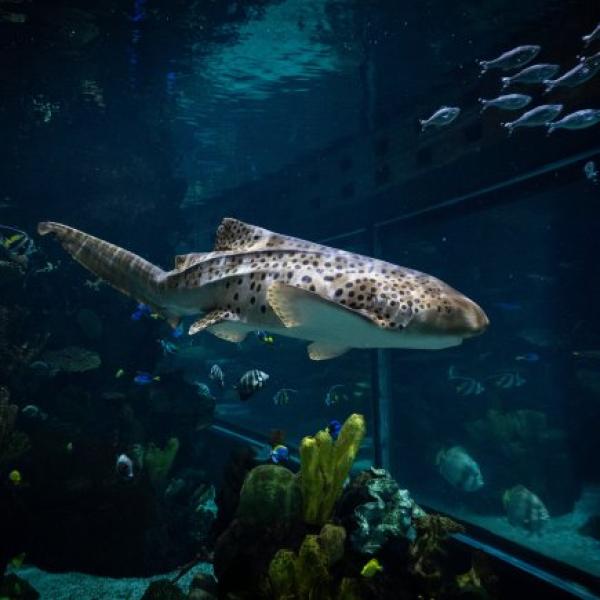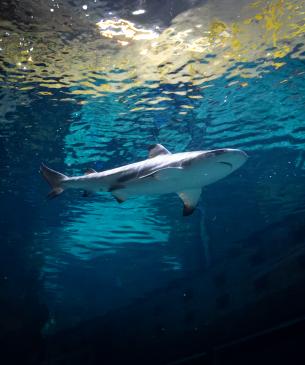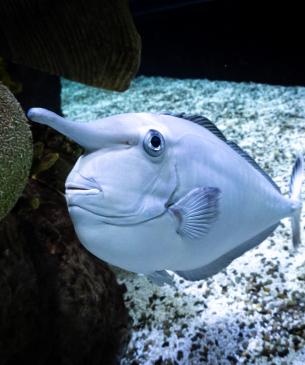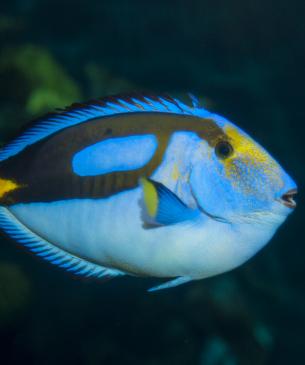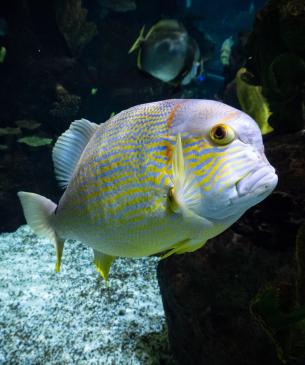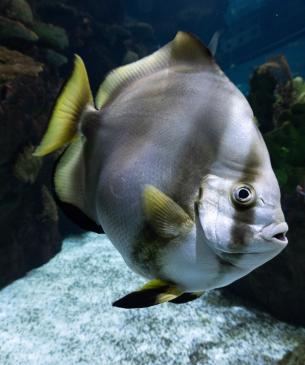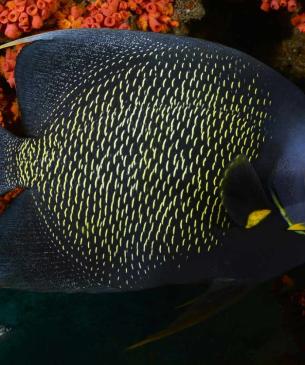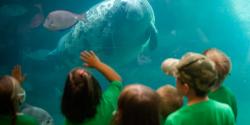Dive into Discovery Reef, where the vibrant world of the Indo-Pacific oceans awaits your exploration!
Explore the building's aquatic habitats, which represent the diverse zones of coastal ecosystems. At the Rising Tide habitat, discover live corals and learn about the Columbus Zoo and Aquarium's coral conservation efforts. Don't miss the Tide Pool, where you can have a unique experience with some of the ocean's most intriguing creatures.
Your underwater journey continues as you approach the massive 85,000-gallon saltwater tank, which houses over 300 animals representing more than 35 species. Here, sleek sharks glide gracefully through the water, and brightly colored fish swim among coral and rock formations.
Scientific Name:
Conservation Status:
Size:
Weight:
Median Life Expectancy:

